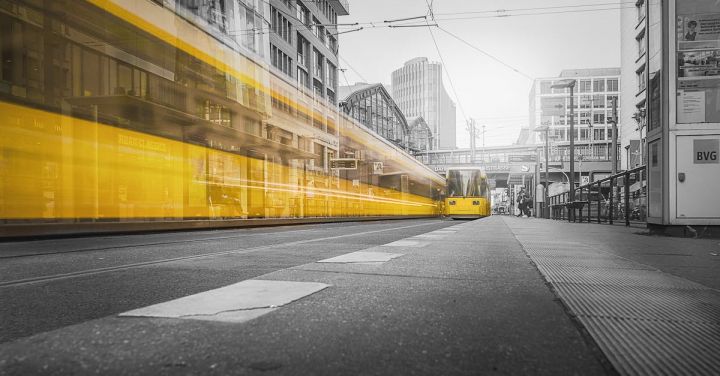Rail travel has long been a preferred mode of transportation, offering convenience, efficiency, and sustainability. However, the emergence of new technologies is revolutionizing the industry, elevating the rail experience to new heights. From faster trains to advanced ticketing systems, these innovations are reshaping the future of rail travel.
One of the most notable advancements in rail technology is the development of high-speed trains. These cutting-edge vehicles can reach speeds of over 300 miles per hour, significantly reducing travel times. With faster trains, passengers can now reach their destinations in a fraction of the time it would take using traditional rail services. This not only enhances the overall travel experience but also opens up new possibilities for business and tourism.
Another technology that is transforming rail travel is the implementation of smart ticketing systems. Gone are the days of long queues and paper tickets. With the introduction of electronic ticketing and contactless payments, passengers can now easily purchase and validate their tickets using their smartphones or smart cards. This not only saves time but also reduces the environmental impact of printing and distributing paper tickets.
Furthermore, the integration of artificial intelligence (AI) and machine learning algorithms is revolutionizing rail operations. These technologies enable rail companies to analyze vast amounts of data in real-time, allowing for predictive maintenance and efficient resource allocation. By identifying potential issues before they occur, AI-powered systems can prevent delays and improve the overall reliability of rail services.
Additionally, the advent of renewable energy sources is revolutionizing the sustainability of rail travel. Many rail companies are now investing in renewable energy technologies such as solar and wind power to reduce their carbon footprint. By harnessing clean energy, trains can operate more efficiently and contribute to a greener future.
Moreover, the incorporation of virtual reality (VR) and augmented reality (AR) technologies is enhancing the passenger experience on trains. With VR headsets, passengers can immerse themselves in virtual environments, making long journeys more enjoyable and entertaining. AR, on the other hand, can provide real-time information about the surroundings, including landmarks, historical facts, and even restaurant recommendations. These technologies not only make travel more enjoyable but also promote tourism and cultural awareness.
Furthermore, the Internet of Things (IoT) is enabling rail companies to create a more connected and efficient travel experience. Through the use of sensors and smart devices, trains can communicate with each other and with rail infrastructure, optimizing the flow of traffic and reducing congestion. Additionally, IoT-enabled systems can monitor passenger behavior and preferences, allowing for personalized services and improved customer satisfaction.
Lastly, the emergence of autonomous trains is set to revolutionize the rail industry. These self-driving trains can operate without the need for human intervention, leading to increased efficiency, improved safety, and reduced labor costs. With the ability to communicate with other trains and infrastructure, autonomous trains can navigate complex rail networks with ease, ensuring smooth and reliable journeys for passengers.
In conclusion, the rail industry is undergoing a technological revolution, with emerging technologies reshaping the way we travel. From high-speed trains to smart ticketing systems, these innovations are enhancing the convenience, efficiency, and sustainability of rail travel. As these technologies continue to evolve, the future of rail travel looks promising, offering passengers a faster, more connected, and more enjoyable journey.
